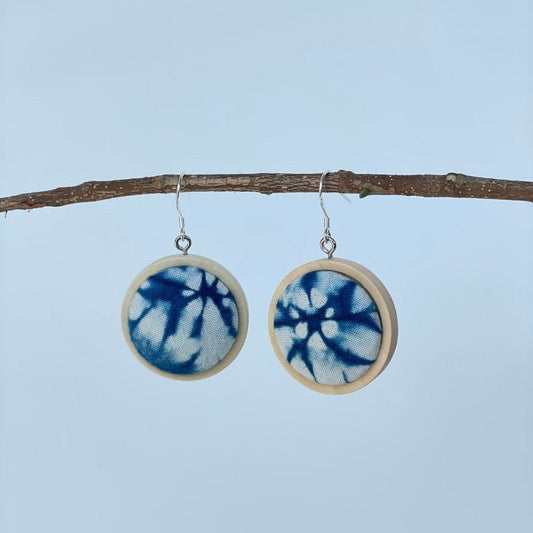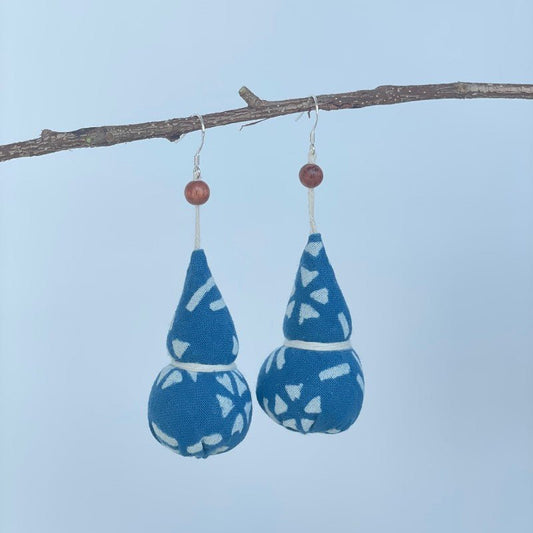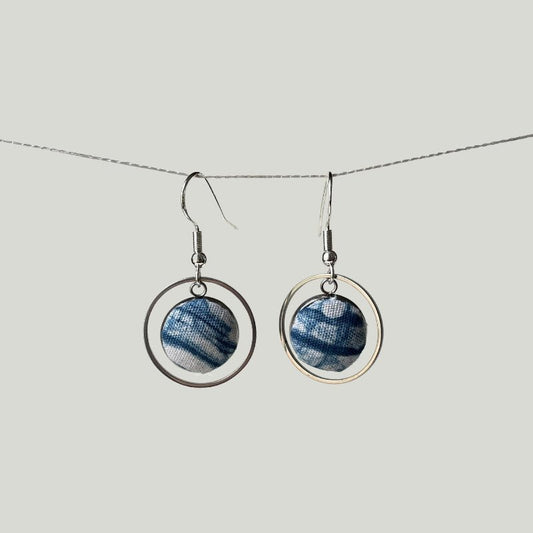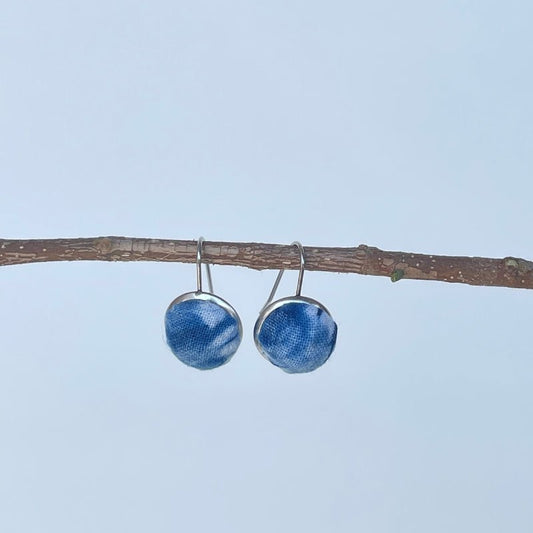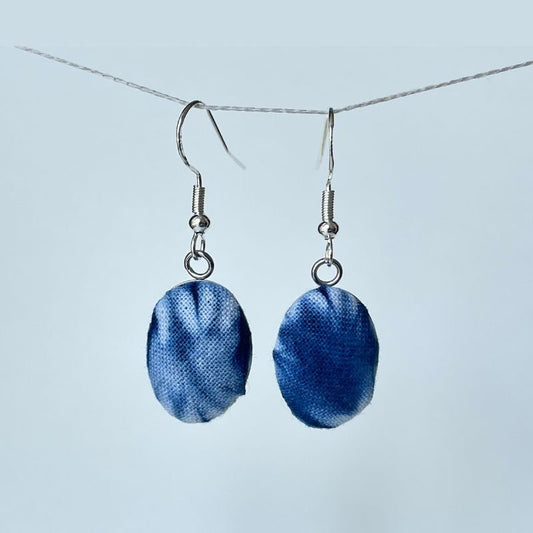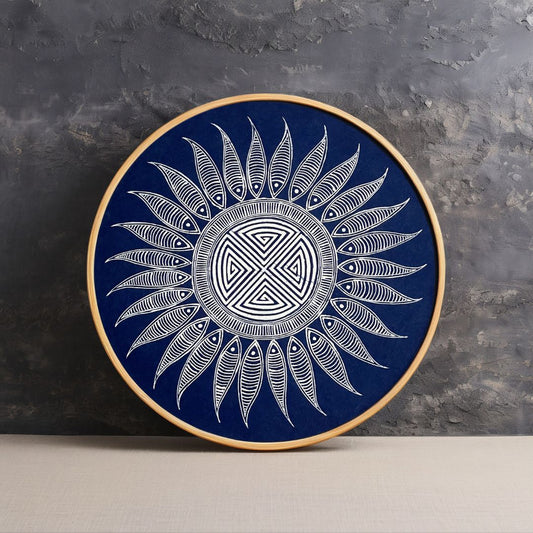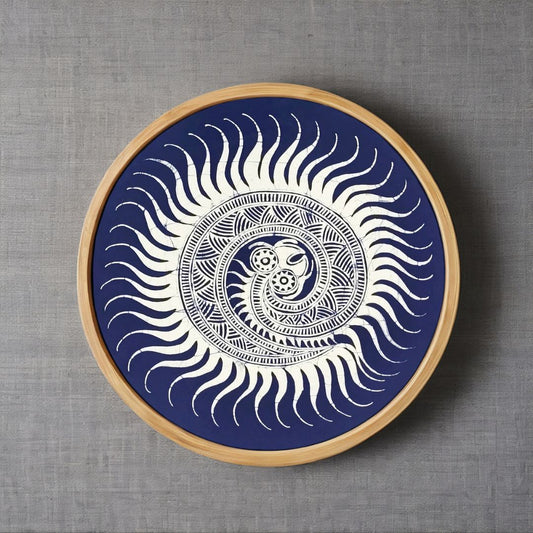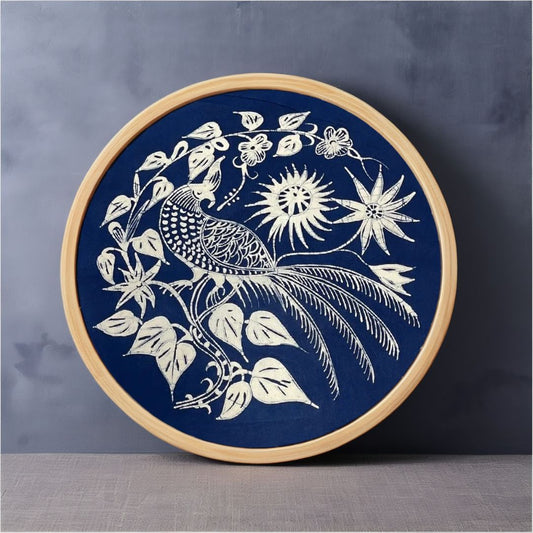Miao embroidery is a cultural gem of the Miao ethnic group in China, renowned for its distinctive artistic and cultural elements. Recognized as a national intangible cultural heritage, Miao embroidery showcases a rich history, tradition, and profound ethnic sentiments, making it deeply cherished.
The history of Miao embroidery dates back to ancient times and has continually been refined over the centuries. From the Tang to the Qing dynasties, Miao embroidery art gradually flourished. Miao people used embroidery to record their cultural heritage, history, and life scenes, making Miao embroidery not just a decorative art but also a historical and cultural memory.
Miao embroidery is celebrated for its intricate techniques and diverse, vibrant patterns. The production process includes the following steps:
Design and Layout
Artisans begin by designing complex and exquisite patterns inspired by nature, mythological stories, and everyday life. These designs often hold high artistic value and reflect rich imagination and deep cultural connotations.
-
Nature-inspired: Patterns commonly feature flowers, animals, birds, and insects, depicting the beauty and vitality of nature.
-
Mythological Stories: Many patterns are derived from Miao legends and historical tales, imbuing the designs with strong narrative qualities.
-
Geometric Figures: Symmetrical and repetitive geometric figures create a strong decorative effect.
Selecting high-quality fabrics and threads is fundamental to the success of Miao embroidery. Commonly used materials include:
-
Silk and Cotton Fabric: Soft and delicate, suitable for intricate patterns and rich colors.
-
Various Colored Silk Threads: Known for their bright colors and durability, allowing the embroidery to maintain its beauty over time.
Miao embroidery encompasses a variety of techniques, including flat stitch, cross-stitch, and lock stitch. These skillful applications give the embroidered works rich texture and a three-dimensional effect.
-
Flat Stitch: The most common, using fine stitches to create smooth patterns.
-
Cross-Stitch: Creates unique textures and effects with cross-pattern stitches.
-
Lock Stitch: Used to outline the patterns, offering clear lines with a three-dimensional feel.
Colors and Patterns
Miao embroidery features a wide range of patterns, such as dragons, phoenixes, flowers, birds, insects, and geometric shapes. Each pattern holds profound meanings, showcasing the Miao people's love for nature and life. The color combinations are bold, with red, blue, green, and yellow intertwining to create a strong visual impact.
Miao embroidery is not merely a beautiful ornament but also a significant symbol of Miao culture. In Miao weddings, festivals, and daily life, embroidery is an indispensable element. Embroidered clothing reflects aesthetic values, symbolizes family wealth and status, and carries rich family memories and cultural identity.
Weddings and Festivals
In Miao weddings, brides typically wear exquisite embroidered attire, which not only enhances beauty but also expresses good wishes for family and future life. During festivals, people dress in embroidered outfits to show their love for life and respect for ancestors.
Family and Community
Embroidered works are often considered family heirlooms, regarded as cultural heritage passed down through generations. The patterns and techniques in the embroidery carry deep family memories and life wisdom.
Social Status and Identity
Embroidered clothing partly reflects a family’s wealth and social status. The skill of the embroiderer and the quality of the work are important factors in evaluating a family’s social standing. Through embroidery, the Miao people express their identity and cultural pride.
In recent years, to preserve and promote Miao embroidery as a valuable intangible cultural heritage, the Chinese government and various cultural institutions have invested significant resources and efforts. These initiatives include:
-
Education and Training: Offering embroidery training courses and workshops to teach traditional embroidery skills to younger generations, ensuring the craft’s continuity.
-
Cultural Festivals and Exhibitions: Hosting various cultural festivals and embroidery exhibitions to enhance public awareness and appreciation of Miao embroidery.
-
Digital Preservation: Establishing digital archives of embroidery patterns and techniques, utilizing modern technology to record and disseminate this valuable cultural heritage.
For those interested in learning more about the Miao intangible cultural heritage - silversmithing, please check out this detailed [Google Arts & Culture story]

